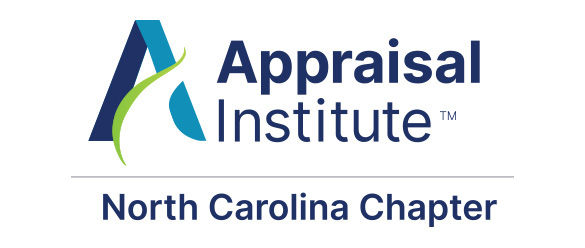Courts, market participants and valuation professionals have expressed widespread concern about the broad range in real estate values presented by opposing litigation experts regarding single-tenant, big-box properties, according to an article published this week in The Appraisal Journal.
The Appraisal Journal is the quarterly technical and academic publication of the Appraisal Institute, the nation’s largest professional association of real estate appraisers. The materials presented in the publication represent the opinions and views of the authors and not necessarily those of the Appraisal Institute.
